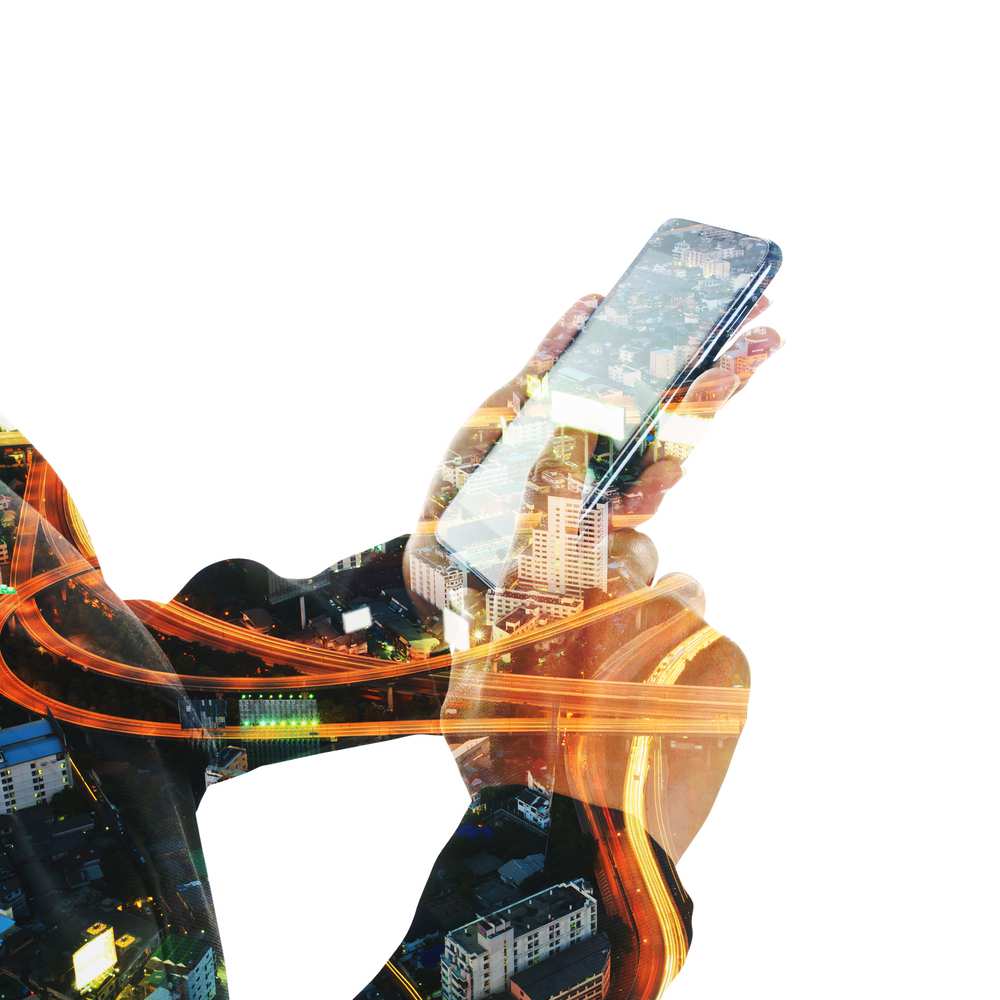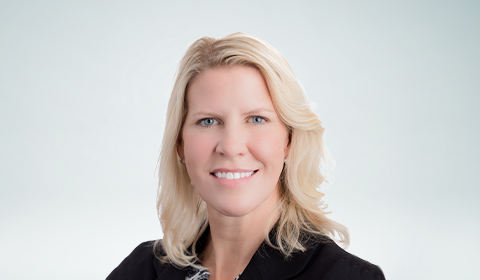The global insurance landscape is changing rapidly. With a shift in demographics and the increased connectivity and popularity of social media, insurers must become more mobile friendly and tech savvy to meet customer expectations.
Opportunities for mobile distribution are abundant. An estimated 4.3 billion mobile phone users worldwide in 2016 represented 58.7% of the global population, and the number of users is anticipated to reach 4.8 billion by 20201. Among this group, approximately 2 billion reported using mobile social media in 20162. In developing countries, mobile distribution serves as a tool to reduce policy pricing and improve scalability of microinsurance offers to reach low-income and uninsured markets.
Increased Efficiency, Improved Engagement
Mobile distribution can increase efficiencies across the insurance value chain. Enrollment and claims processes become more streamlined, significantly decreasing turnaround times. By reducing operational costs, mobile-based processes make it possible for insurers to provide lower-cost, high-volume insurance offers. Applied to traditional product lines, these efficiencies can increase overall profitability.
From an engagement perspective, insurers can leverage mobile apps to assist customers in managing their own health. Gamification apps can incentivize consumers to monitor their health and pursue a more active lifestyle. Some apps are designed to help customers regularly follow medication programs and treatments through reminders and games. Insurers may also implement chronic disease management through wearable devices.
The InsurTech Revolution
Insurers have traditionally lagged behind in technology development, which has led some companies to find alternative ways to innovate through investments or collaborations with tech startups. InsurTech companies such as MicroEnsure and BIMA offer both mobile network operators (MNOs) and services in mobile product development and distribution.
The mobile platform offers modern service tools as a means to improve customer acquisition and retention. Insurers can benefit from an improved process of analyzing and understanding customer needs, while increasing brand awareness. Mobile apps can facilitate gathering consumer information and aid in the development of customized products. As highlighted in RGA Global Bancassurance surveys, a multi-channel product approach and coordinated marketing strategy are key factors for success in gaining a competitive advantage through mobile technology.
For the consumer, mobile apps can provide self-service options for the entire life cycle of the insurance policy. Enhanced customer communications may include: event and renewal reminders, and account status updates. Tools such as portfolio trackers, premium calculators, payment options, and benefit illustrators provide additional support. Apps are also used to issue policies on demand using simple processing, mobile payments, and e-signatures. Such policies are pre-underwritten and rely on capturing the basic financial and medical information of the customer.
Leveraging Social Media
Leveraging social media via mobile apps can further enrich customer interactions and increase customer satisfaction. Social media monitoring helps insurers understand consumer behavior, address complaints, improve service models, and build relationships. Social media can be leveraged to manage customer relationships through intuitive customer views supported with analytics, deal aggregation, upselling, loyalty services, and location-based offers that promote sales.
Taikang Life in China provides a highly effective example of using social media (WeChat) to enhance the insurance buying experience. WeChat is a social media platform with over 700 million active users that offers instant messaging, commerce, and payment services3. In 2014, Taikang Life collaborated with WeChat to attract new customers through an insurance-linked gifting program known as “Wei Huzhu.” To purchase (micro) cancer insurance, the customer pays one yuan ($0.16) for coverage worth 1,000 yuan through a bank card transaction or WeChat’s embedded payment function. Most notably, users can also donate to their friends and increase their friend’s coverage cap up to a maximum sum assured of 100,000 yuan. This initiative showcases the power of social media promotion as a differentiator for insurers on mobile and digital platforms.
As outlined in the RGA article How European Insurers are Using Social Media and What They Should Be Doing based on study findings, insurers that utilized social media to allow customers to ask questions, provide reviews, feedback or specific information had greater opportunities to build customer engagement and enhance brand promotion to differentiate their product offerings.
Bancassurance Integration
In markets like Turkey, Taiwan, South Korea, Hong Kong, and Thailand, the bancassurance channel has captured a majority of life insurance consumers, comprising more than 40% of premium income. China, Malaysia, Philippines, Singapore, and Indonesia also reported more than 35% of total premium income last year via bancassurance4. Increasingly, insurers are recognizing the need to adopt and integrate new mobile and digital technologies into their bancassurance business models. Mobile distribution can enhance productivity and process capabilities to attract the next generation of bancassurance consumers – who require more self-service options – while strengthening relationships with existing customers.
RGA and BBVA Bancomer in Mexico have developed a personal accident product to be distributed via mobile networks through the BBVA banking app available in Q3 2017. When at the airport, BBVA Bancomer customers will be offered personal accident insurance as part of a pre-qualified offer via SMS text. Once the offer has been accepted, customers will pay by debit or credit from their BBVA account, and the policy will be administered through their mobile phone. This simplified issue product covers death and personal accident with a basic sum assured of $1 million USD for a one-year period. We believe the convenience and simplified process leveraging mobile technology will be a winning value proposition for customers in that market.
Mobile distribution is proving to be a significant, growing trend for the insurance industry. Customers are increasingly driven by easy-to-access products that are targeted, simplified, and personalized for their particular needs – based on the application of data and behavioral analytics. Mobile technology helps facilitate the development and distribution of such products. Moving forward, implementing a successful mobile strategy will be a key differentiator in an increasingly competitive bancassurance landscape.



